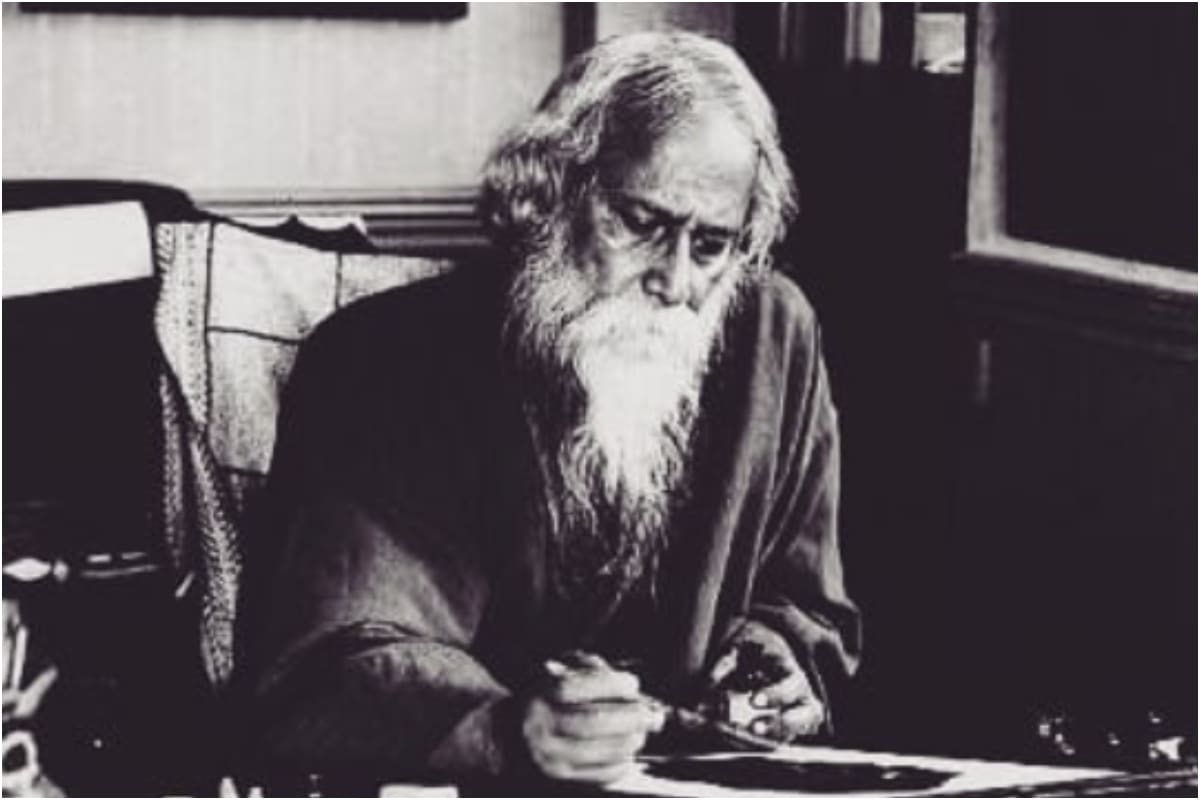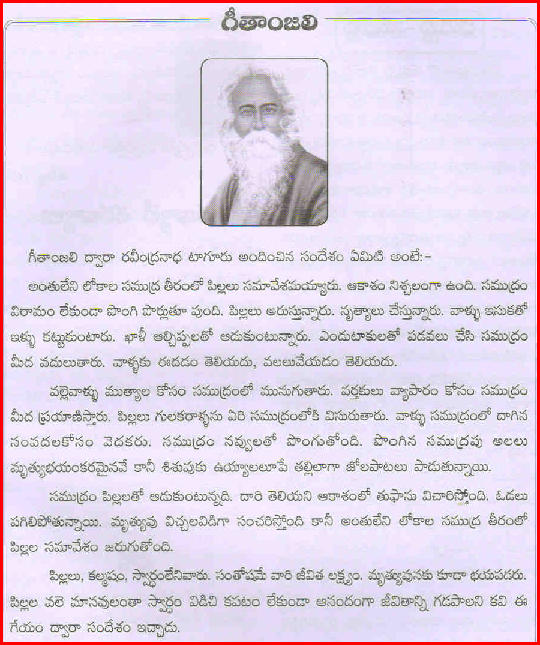
Nikhil sees himself as a passionless, uninspiring lump of coal, and Sandip’s guilt gnaws away at him despite the vitriol of his words. Bimala, who is torn between them, saying at one point that “this moment in our history seems to have dropped into our hand like a jewel from the crown of some drunken god”, represents Bengal itself.While it’s easy to idealize Nikhil and demonize Sandip, and it’s clear that this is where Tagore’s sympathies lie, both men recognize their own weaknesses. Sandip represents radical revolution, passion, the compromises one must make in the “real world”, including being cruel if necessary, and the ends justifying the means, because “this is war”, as he puts it. Sandip believes that the root cause is essentially the supply itself, and that it must be suppressed with an iron hand.The book’s main level is thus political, where Nikhil stands for conservatism, cool intellect, idealism, kindness, and holding steadfastly to one’s core principles. Tagore places the two men at opposite ends of this spectrum, and while both ironically want the same thing, an independent, strong India, Nikhil wants to follow the law and exercise restraint, believing that something far greater is lost if one steals or is unjust, while Sandip is not above lying, violence, and other treachery, believing himself to be serving a higher cause, and believing that all other strong nations have had leaders who have done similar in the past.As to Swadeshi itself, Nikhil believes that the root cause to India’s dependence on foreign goods is its own demand, its own desire, which cannot forcibly changed, and any attempts to do so will not only be futile, but disproportionately harm the poor. When she’s exposed to a rousing revolutionary speech by Sandip, she’s not only drawn to the passion of his cause, but to Sandip himself, thus setting up a love triangle.In cases of a people being oppressed, there is often a variety of viewpoints as to how to react, ranging from the gradual progressives to those who would use “any means necessary”.



At the center of the novel is Bimala, a young woman who is happily married to an intelligent and enlightened landowner named Nikhil. Tagore’s story is set in Bengal at the early part of the 20th century when the Swadeshi (self-sufficiency) movement was taking root, which had as its aim that people would use only domestic goods.


 0 kommentar(er)
0 kommentar(er)
